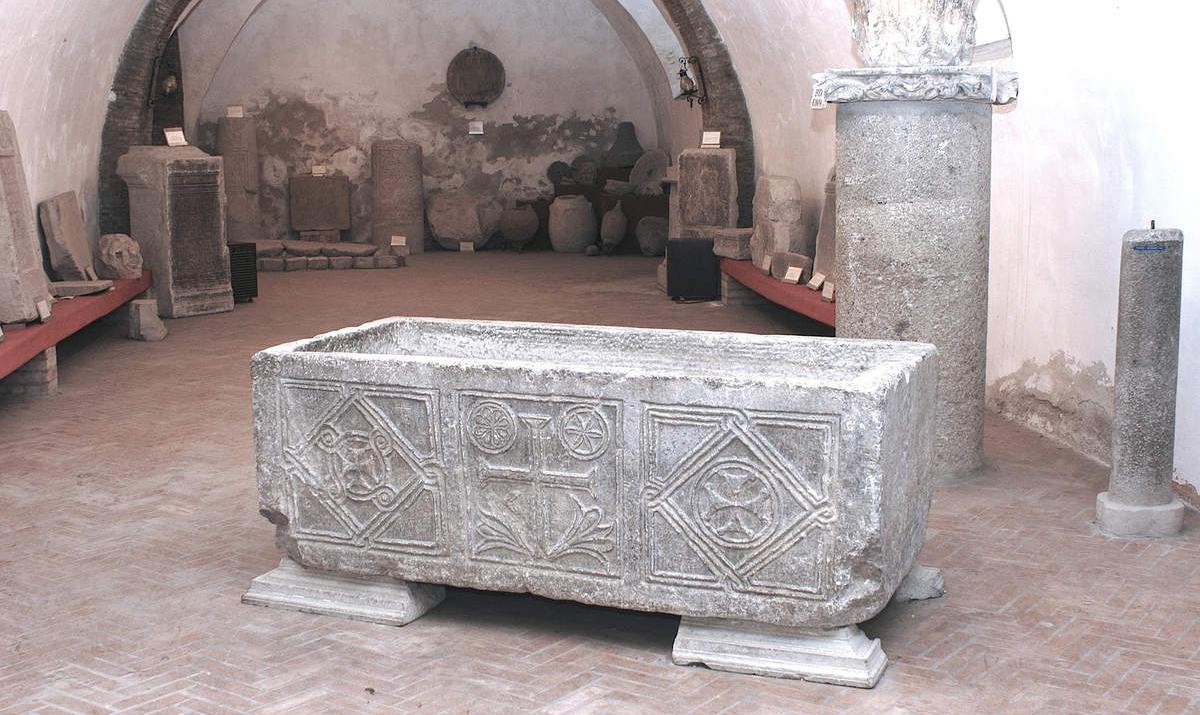The province of Foggia is spiritually linked to the most ancient history of these lands. Its multiform geographic features and structural and climatic characteristics reveal new glimpses daily into the settlements of Paleolithic civilizations in the area. Remains from this epoch have been discovered in the Grotta Paglicci near Rignano Garganico.
Additional records of settlements, this time from the Neolithic age, have been found near the “Passo di Corvo” close to Foggia where large C-shaped ditches, the so-called “compounds” used in the construction of huts, spread over the plain. Traces from other Neolithic villages have been found in the coastal area near the Foce di Candelaro. During the metal ages, settlements appeared near Manfredonia, Vieste and Peschici, where we can find respectively the Coppa Nevigata, Molinella and the Grottone di Manaccore. The 9th century B.C. brought the development of ancient Daunia, a territory that spread well beyond the current borders of the province of Foggia and included the area around Melfese and Canosa.
These widespread settlements were enclosed by fortifications (Arpi) still found in Manacore, Monte Saraceno, Canosa, Ascoli Satriano, Ordona and Tiati-S. Paolo Civitate. Others are located in the lagoon encircling Gargano and the Cupola Beccarini (possibly Siponto in those days). A vast collection of archeological remains is on permanent display at the Civic Museum of Foggia.

